|
-
-
The Following 8 Users say 'Aye' to The Wizard of BC For This Useful Post:
-
I'm shuddering at this.
Whoever did the re-size assassination... I know better than that only from reading XMarks over the years. A kilt is not a shirt or pair of pants. It's so very specific.
Rev'd Father Bill White: Retired Parish Priest & Elementary Headmaster. Lover of God, dogs, most people, joy, tradition, humour & clarity. Legion Padre, theologian, teacher, philosopher, linguist, encourager of hearts & souls & a firm believer in dignity, decency, & duty. A proud Canadian Sinclair.
-
-
-
The Following 3 Users say 'Aye' to The Wizard of BC For This Useful Post:
-
Looks like the same issues as the kilt you rebuilt for me several years ago!
-
-
You are correct Tobus. A very similar situation. The difference is that this kilt had been re-worked at some point in its life.
We do not know who originally made it. We do not know its original condition.
But, like yours, this kilt was given to the customer with the assurance that it was built and repaired to the highest Traditional kilt making standards.
The owner does not know, or understand, and has no way to tell, if what they get is good or bad. They are only going by what they are being told.
If anyone is interested in what Tobus is referring to, please click here to go to the thread.
Last edited by The Wizard of BC; 1st June 19 at 04:53 PM.
Steve Ashton
www.freedomkilts.com
Skype (webcam enabled) thewizardofbc
I wear the kilt because: Swish + Swagger = Swoon.
-
The Following User Says 'Aye' to The Wizard of BC For This Useful Post:
-
I had some time today to work on the Scott Brown Anc. kilt re-build.
Now remember, this is not to single out any one kiltmaker or any one style or school of kiltmaking. Just to give photographic examples showing, that not all kilts advertised as "Traditional", are made the same.
Any new kilt buyer would do themselves a big favor by knowing what goes into a good kilt and how to identify a quality, well made kilt.
I highly recommend that any time you look at a kilt that you do the "Stretch Test". Not only across the Fell Area, but across the Aprons too.
OK, On to continuing the re-build
I got the interfacing out. There is no stabilizer in this kilt at all.
As you remember, I said that this kilt had been worked on at least once before, so yes, it is possible that the original maker put stabilizer in the kilt and who ever re-built it took it out.
Perhaps the new person did not know what the stabilizer does so felt it was just something extra.
But - The stabilizer is the horizontal strength of the entire garment. The outer Tartan fabric is far too supple to support the stress of strapping a kilt on, and the hand stitching is, and unless you are a Barb Tewksbury, not strong enough not to fail over time.
Think of the stabilizer as a belt built inside the kilt.
The interfacing is just as important. It allows the outer fabric to drape and hang naturally along with providing the horizontal stiffness to the garment. This is why well made suit coats have interfacing inside.
It is also the interfacing which allows the outer fabric to have the famous swish. Yes, supple fabric will swish without interfacing but with the heavier weigh, stiffer, fabrics the interfacing increases and enhances the swish.
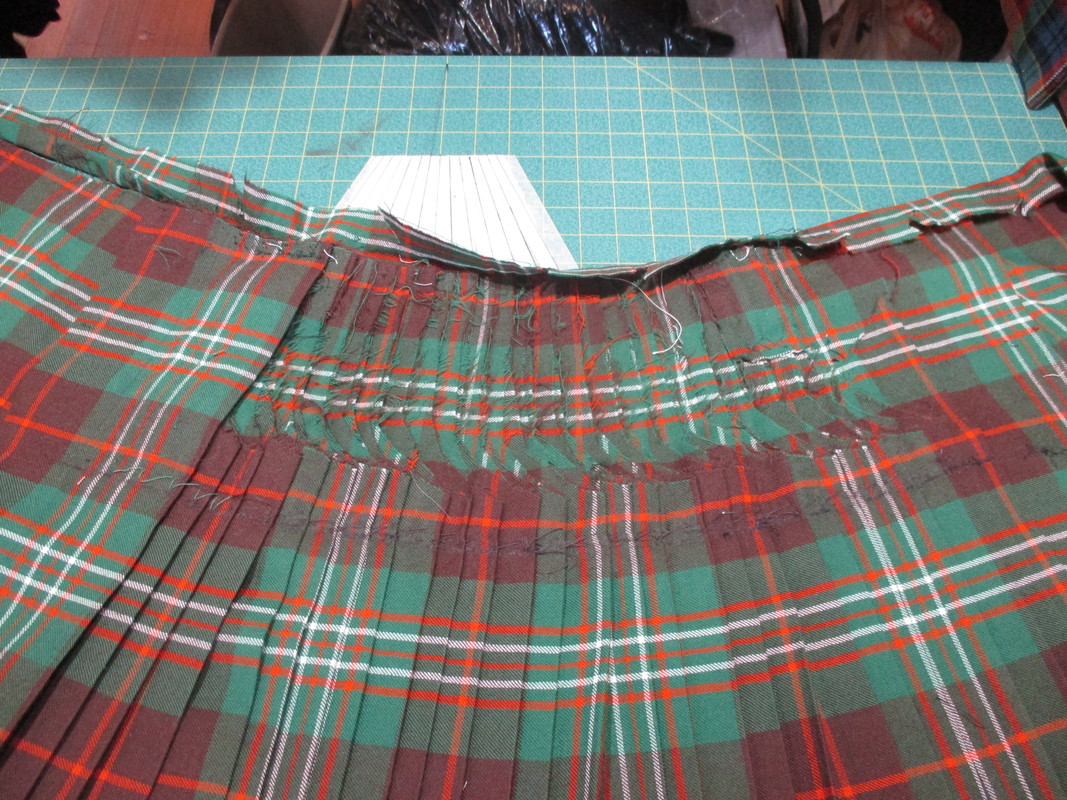
One thing that surprised me was the interfacing was sewn in with multiple runs of machine stitching under the waistbanding. It took quite a while to unstitch them to get the interfacing out.
The next thing that I noticed as that when this kilt was rebuilt, the steeking was done in much the same manner as the under apron facing stitching. A totally different thread was used and a totally different stitch technique.
While the older stitching is sort of messy it has held up. The new stitching has not.
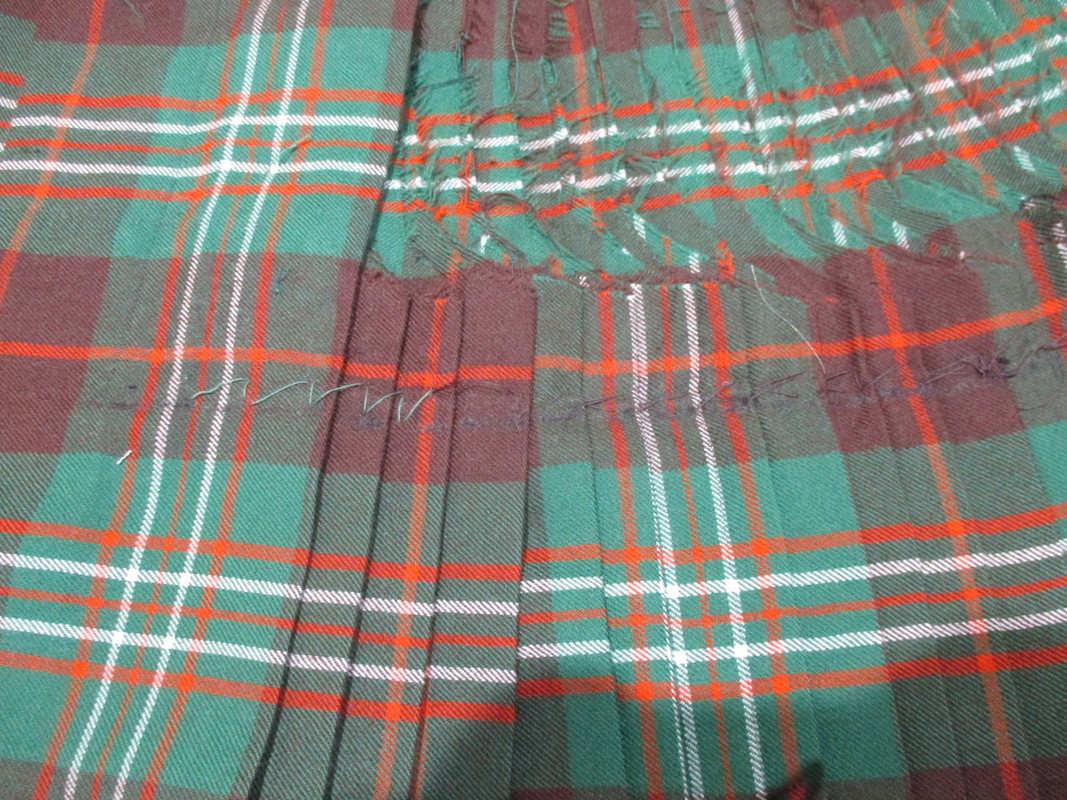
Now that the interfacing and liner are out you can see that they are three separate pieces. These were not sewn together so when you do the stretch test across the aprons you see the stretching as the interfacing just "accordions" apart.
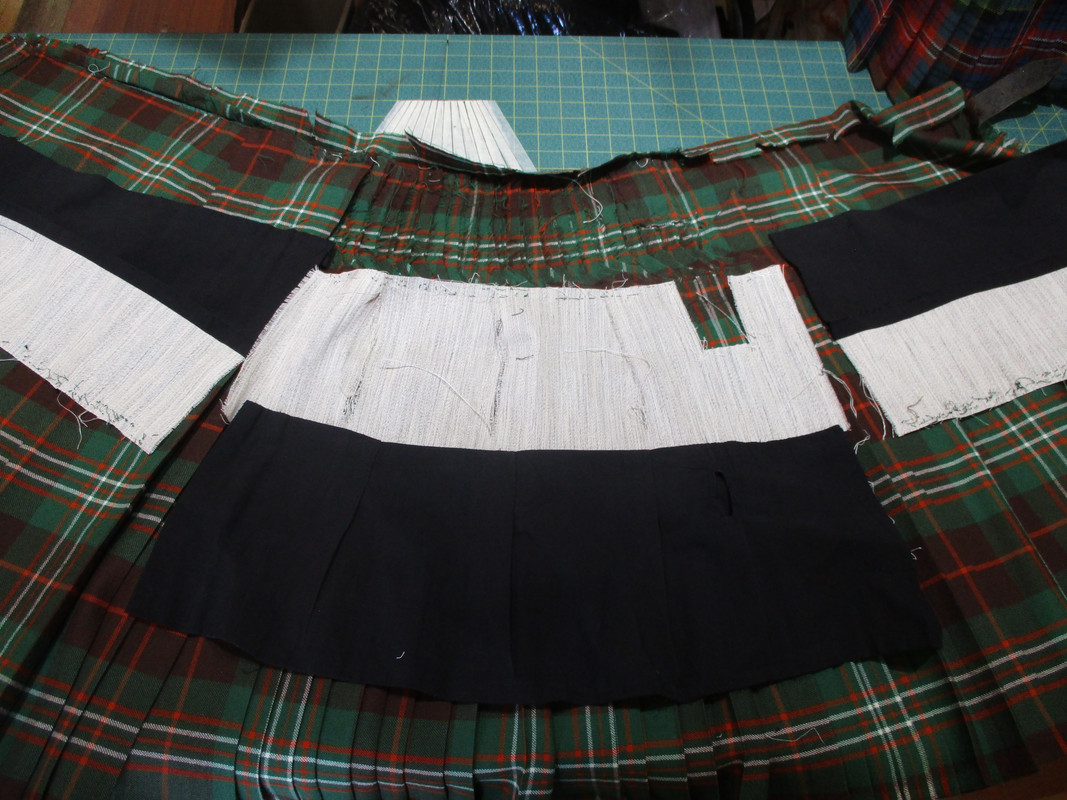
While there is interfacing in this kilt it is only one single layer. Instead of folding the interfacing to take the compound curve in the Fell, the single piece is cut like darts. These were sewn together loosely but the stitching had come undone and failed. The stitching of the interfacing should also be anchored to the Tartan fabric to keep it from moving and balling up when the garment is washed. This interfacing was just loosely stitched catching the outer fabric in only 5 or 6 places.
And as I suspected the buckles and straps are sewn only to the outer Tartan fabric. A kilt can have the best interfacing and stabilizer in the world, but if you do not anchor the straps and buckles to that interfacing and stabilizer - Well then, why even put it in there in the first place.
I would say that this re-built kilt was built in the casual style now. The type of kilt where the stabilizer and interfacing are not used. All the stress of strapping the kilt on must be taken by the outer fabric and the stitching. I have knicknamed this school of kiltmaking "Jeans Made" vs "Kilt Made".
With the interfacing of this kilt completely removed I can turn the kilt over and see that the buckles are still attached to the outside.
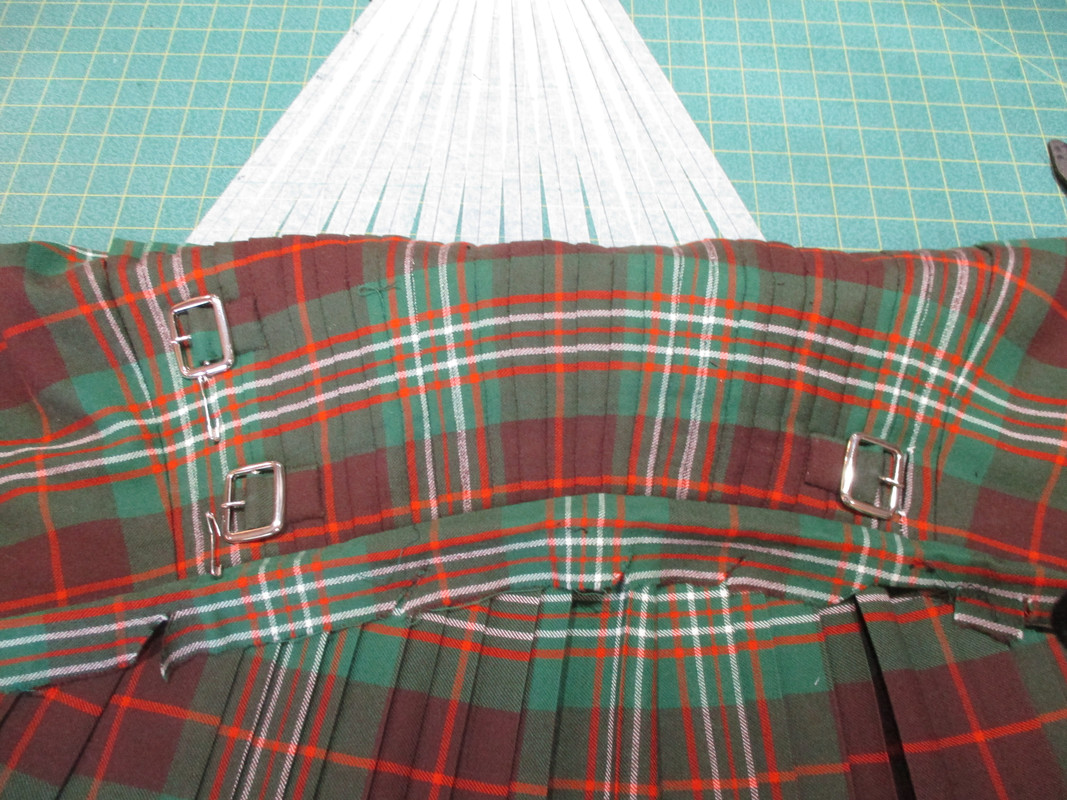
If you do the stretch test now the effect is exactly the same as on the kilt when it arrived.
So the next step is to remove the straps and buckles along with everything else. They had to come off anyway as part of this re-build job is to re-size the kilt.
Last edited by The Wizard of BC; 4th June 19 at 04:10 PM.
Steve Ashton
www.freedomkilts.com
Skype (webcam enabled) thewizardofbc
I wear the kilt because: Swish + Swagger = Swoon.
-
The Following 10 Users say 'Aye' to The Wizard of BC For This Useful Post:
-
-
The Following 4 Users say 'Aye' to The Wizard of BC For This Useful Post:
-
19th June 19, 05:34 PM
#8
To tell the truth I got so wrapped up in kilt making that I totally forgot about this thread until the customer came to pick up her re-built kilt today.
So here is what it looks like now.
With the new stabilizer and interfacing in, the straps and buckles are now firmly anchored all the way to the stabilizer. The left strap hole is closed to eliminate the weak point.
Notice please that all of the large stitches made with bright green thread have been redone. Seven pleats that had been sewn with thick cotton thread were re-stitched.

The new internal elements now allow the Fell area to stand up by itself.
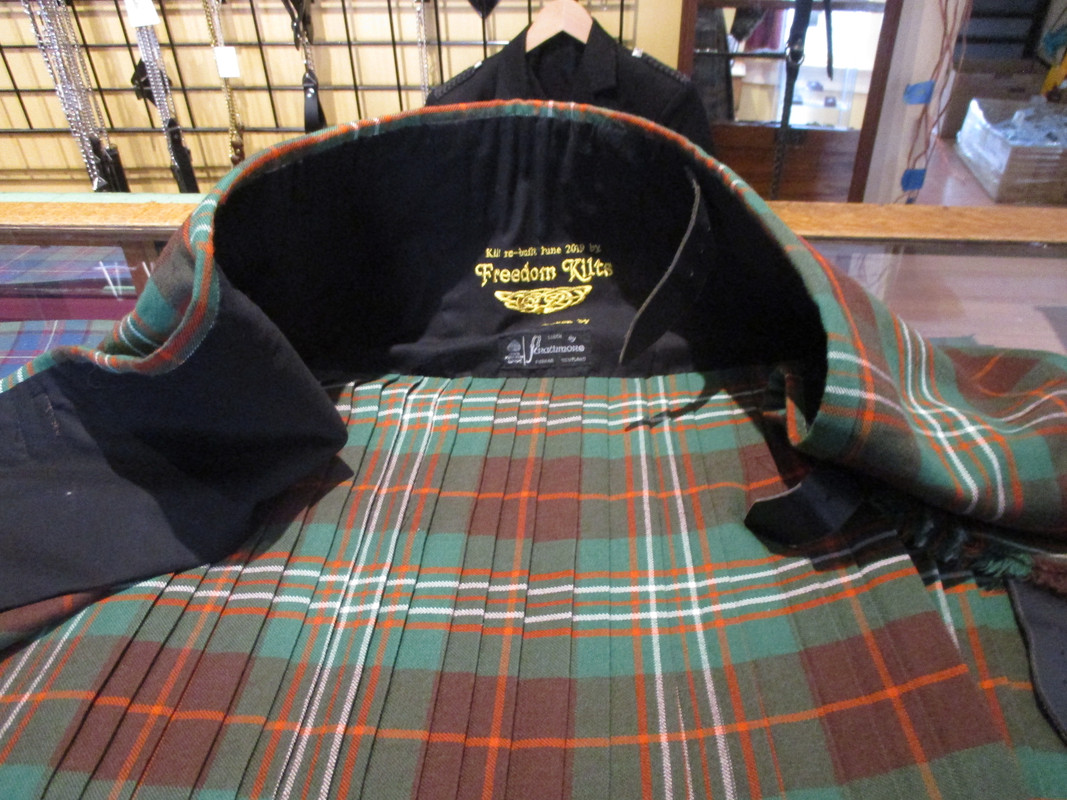
And because some of the history of the kilt was lost when the name of the original maker had been removed, I tried to give the customer some of the history back.
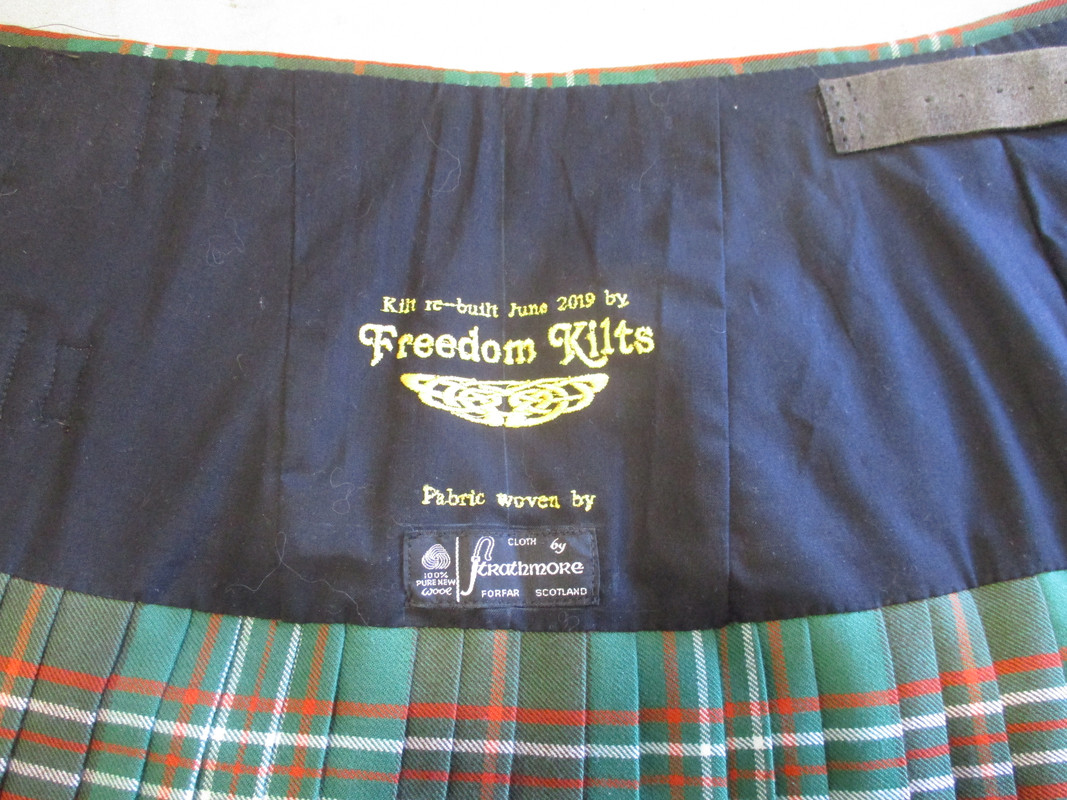
The customer tried the kilt on and the first comment she made was "Wow, it feels like a kilt again."

The back hangs the way it should again and the swish is back.
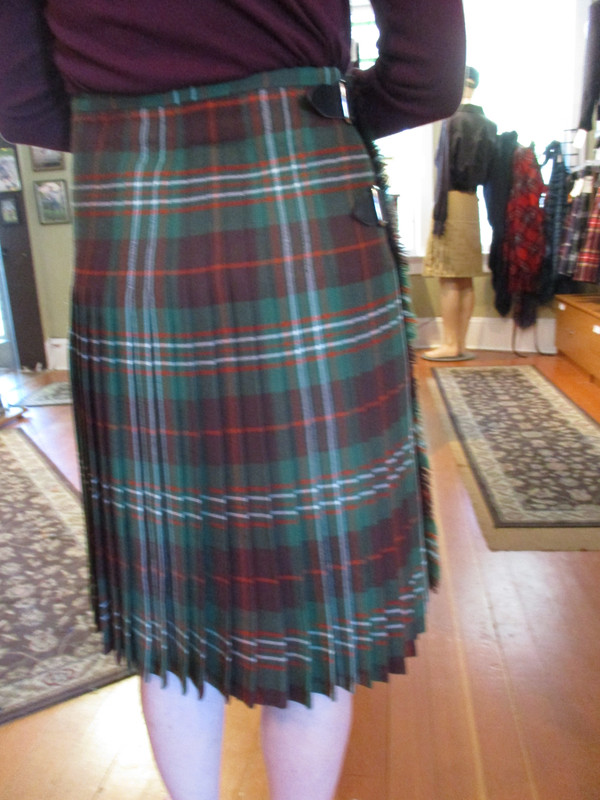
As I said earlier, this was not an attempt to knock any one maker. I did however, want others to know and understand that not all kilts are made the same. This is one of the reasons that I dislike the word "traditional". Over the years there have been thousands of kiltmakers. Each trying to find a way for their product to stand apart from all the rest.
But everyone needs some way to tell if the kilt they are looking at is a quality product.
The stretch test is one of the most telling ways you can easily gauge the quality. It will tell you in just a moment if the garment you are looking at will survive wearing more often than a once-a-year Burns Dinner.
Then look at the details. Look at the stitching. Is it neat and on a hand stitched kilt does any stitching show through to the outside?
Does the Tartan pattern display correctly in the back? Do the aprons and pleats hang straight and parallel and do the edges of the aprons flip out unsightly?
So here ends my peek inside what was advertised as "A premium quality Traditional kilt". I hope that this little peek inside a kilt gives others a better idea of what needs to be hidden behind the liner of their kilt.
And hopefully, this will give everyone a little more information on gauging the quality of a potential purchase.
-
The Following 11 Users say 'Aye' to Steve Ashton For This Useful Post:
Blaidd,bodhran4me,California Highlander,Father Bill,gsmacleod,imbrius,Lady Grey,Macman,Me cousin Jack,MenOfTheNorth,pofloyd1
-
20th June 19, 03:25 AM
#9
Steve,
Thanks so much for this (and other) useful post - seeing the internal construction has been a great learning experience. As someone who is planning to try making their own kilt, the information and images you share are invaluable.
In addition to my tank, I have a couple of cheap acrylic kilts that I picked up locally for places I don't want to wear my tank. Armed with the knowledge from your threads, I have added a stabilizer and interfacing to both as well as basting and repressing. They're still not perfect but they do hang better and I got rid of (mostly) the shower curtain effect.
I know in terms of these kilts it really wasn't worth the time, but I used it as a chance to practice the techniques I need when I take the plunge on my own.
Thanks again!
Shane
-
The Following User Says 'Aye' to gsmacleod For This Useful Post:
 Posting Permissions
Posting Permissions
- You may not post new threads
- You may not post replies
- You may not post attachments
- You may not edit your posts
-
Forum Rules
|
|







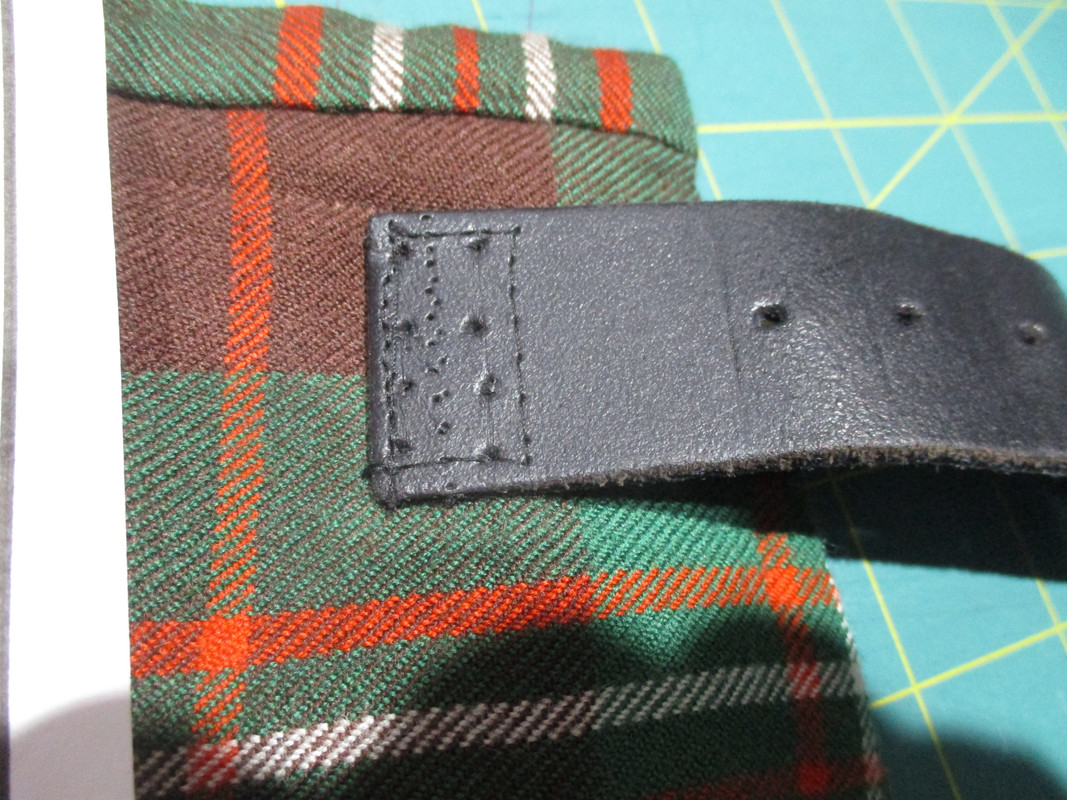
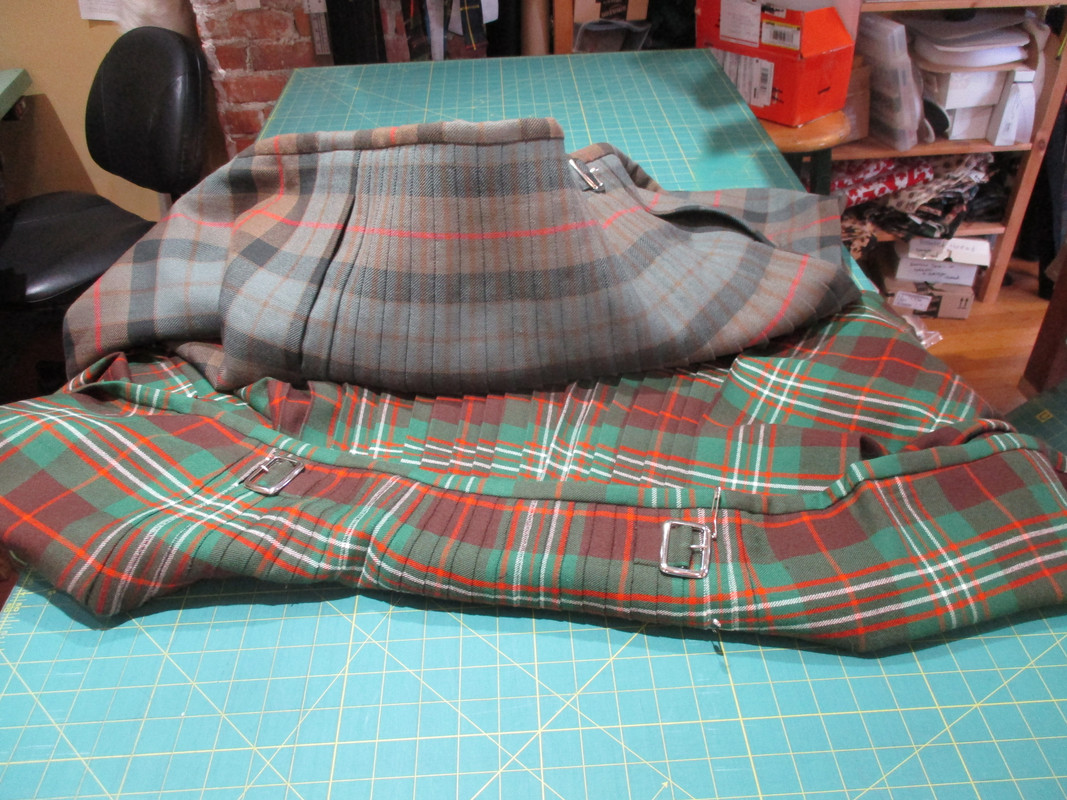
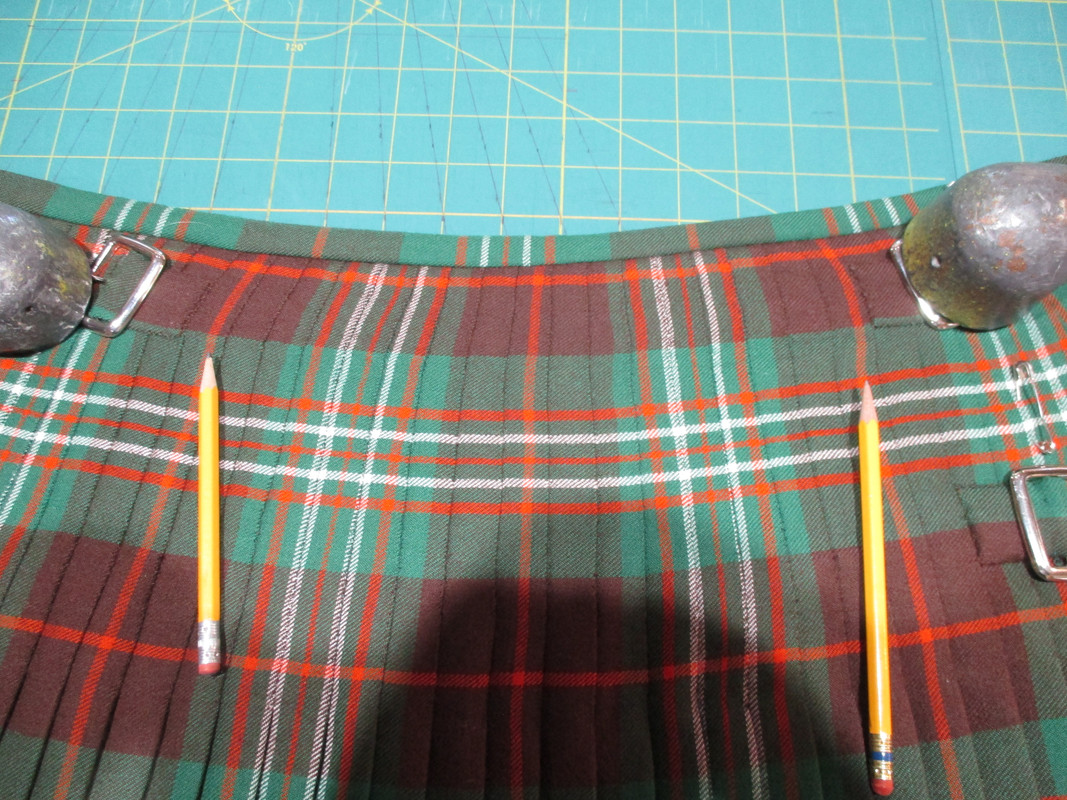


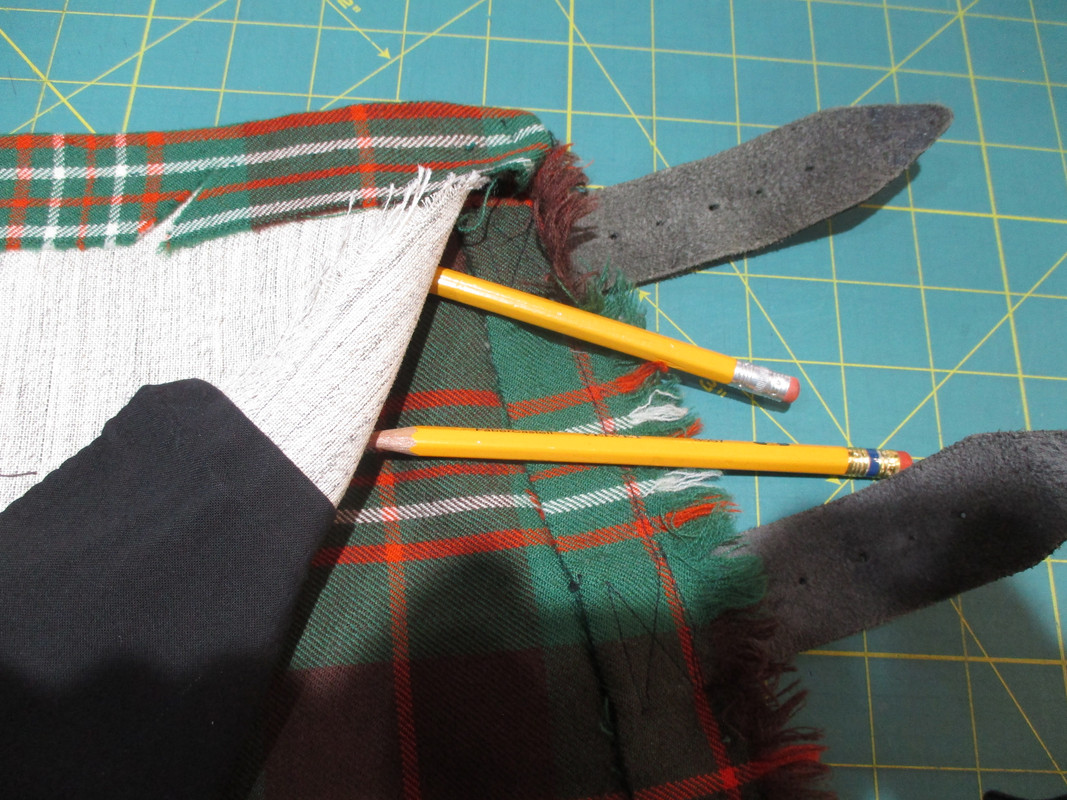
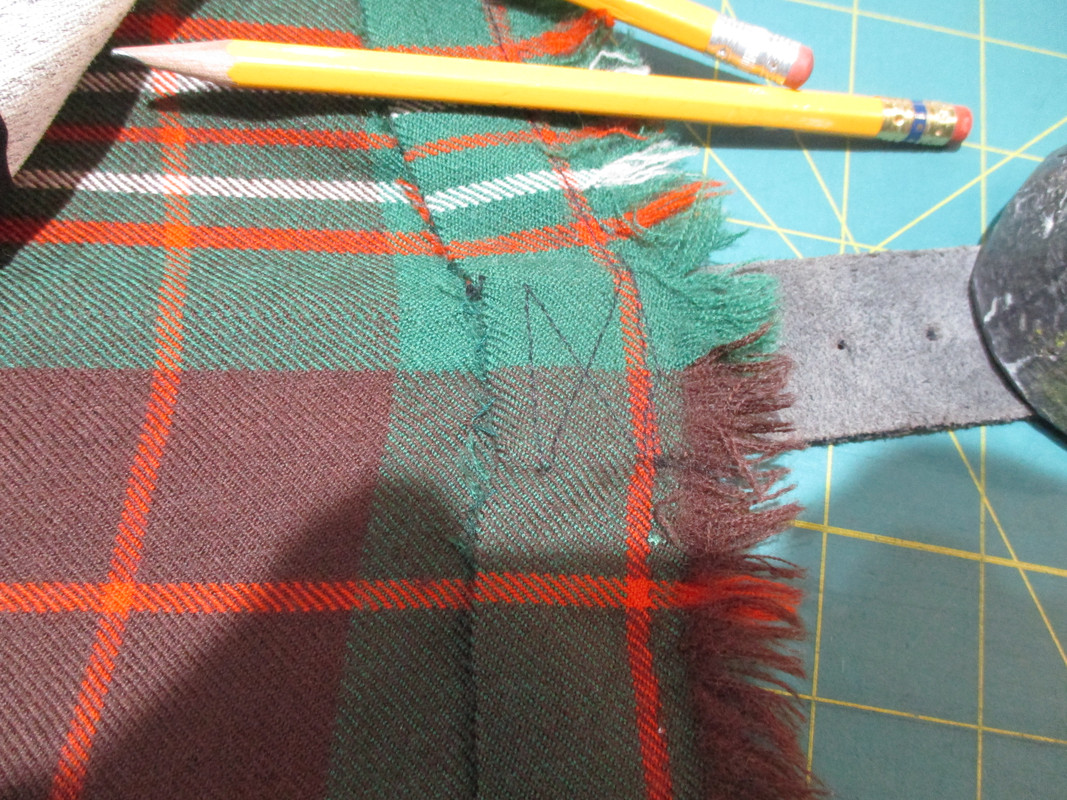
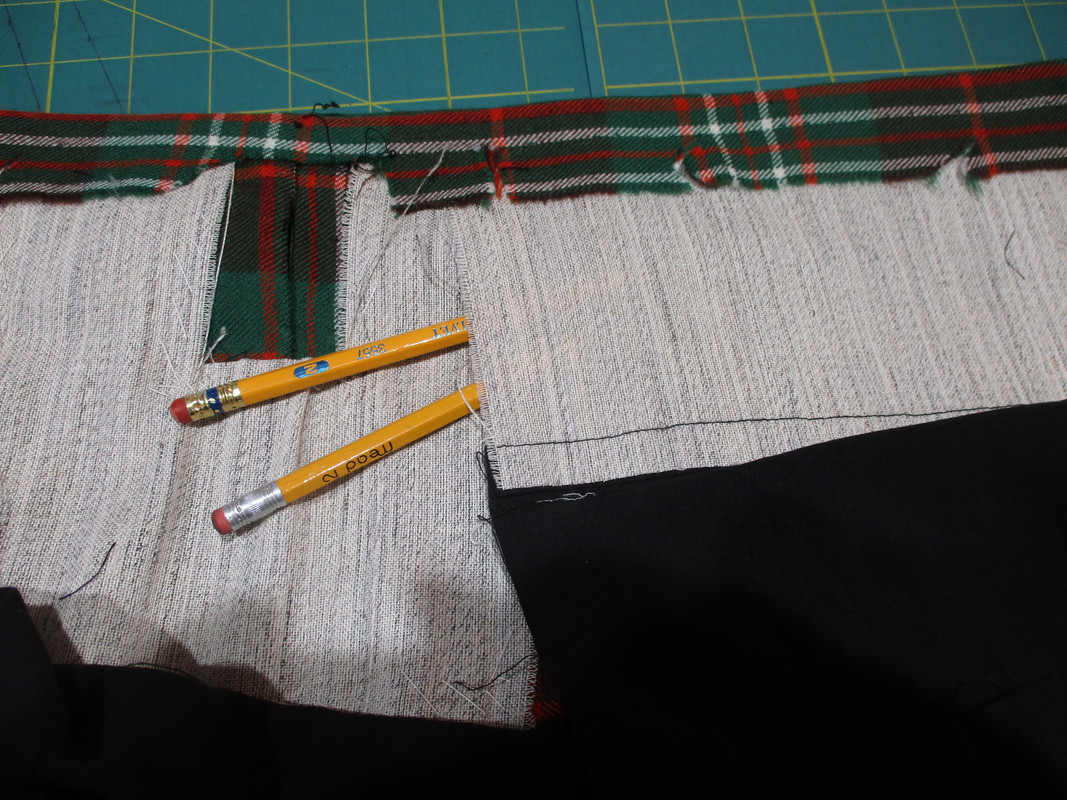
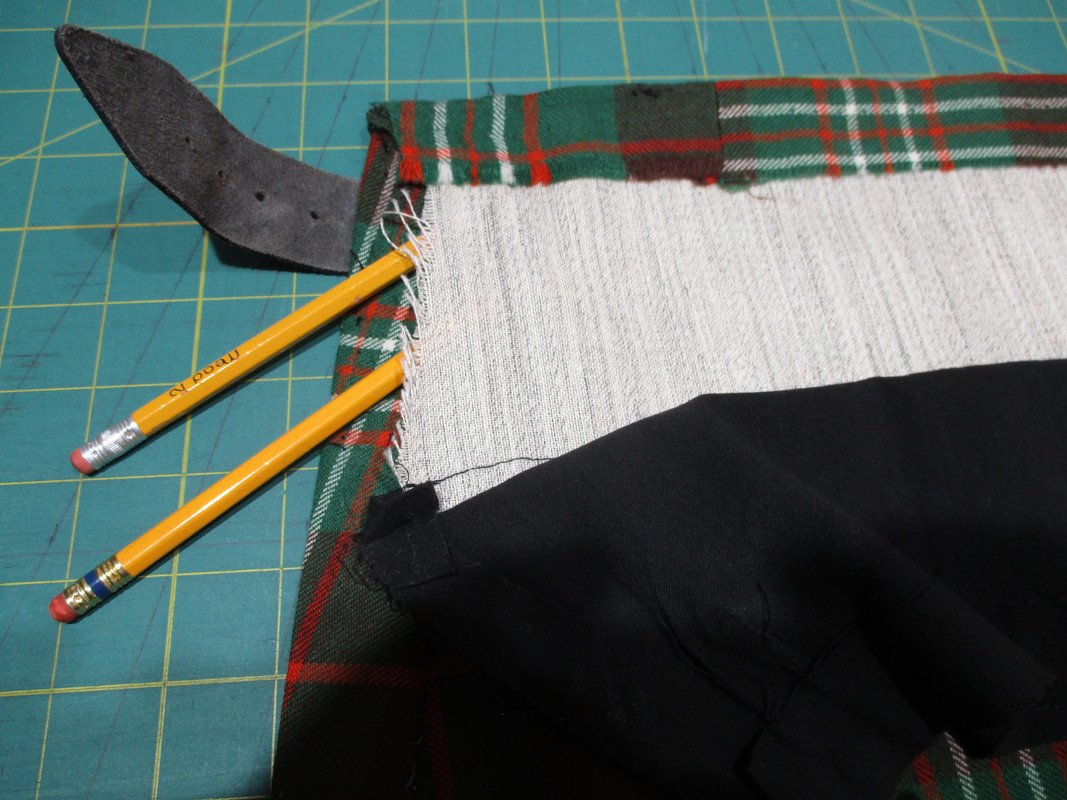




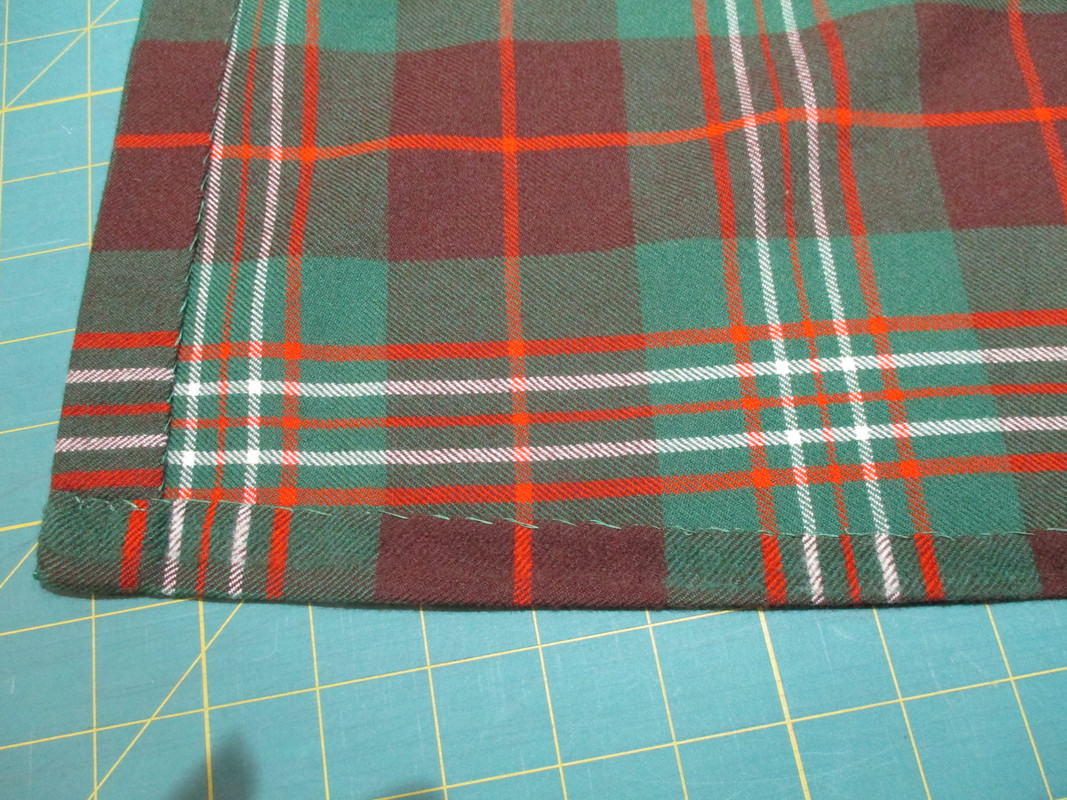

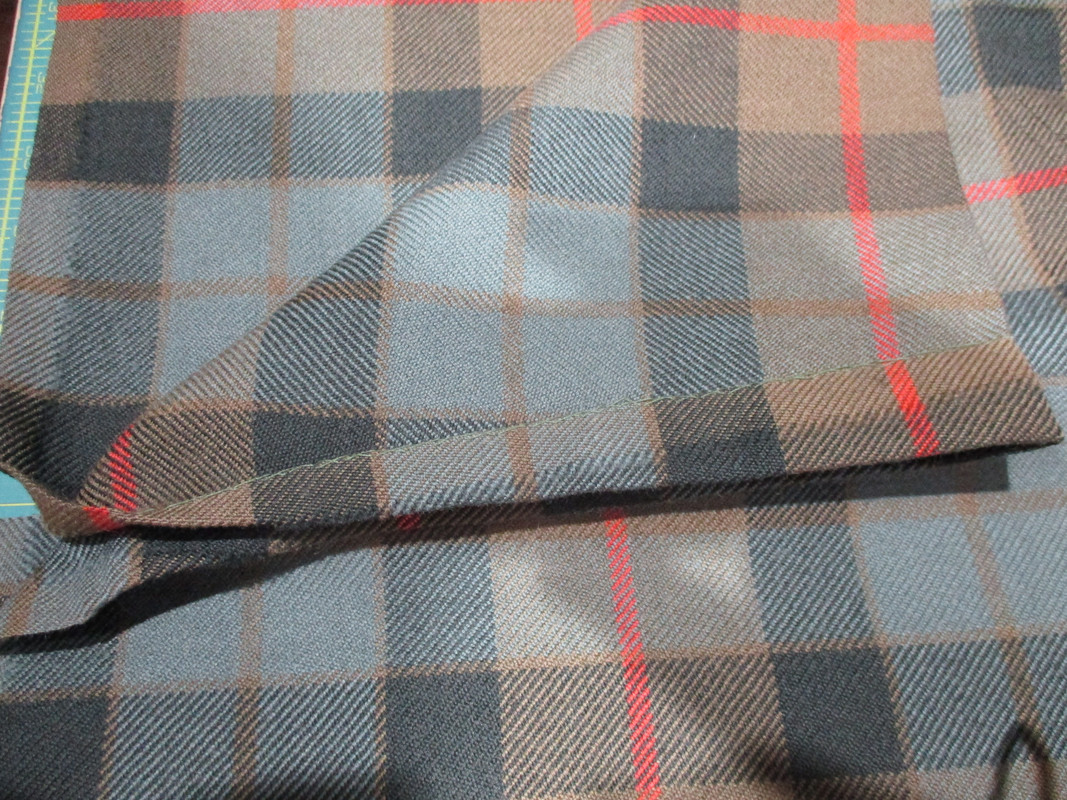






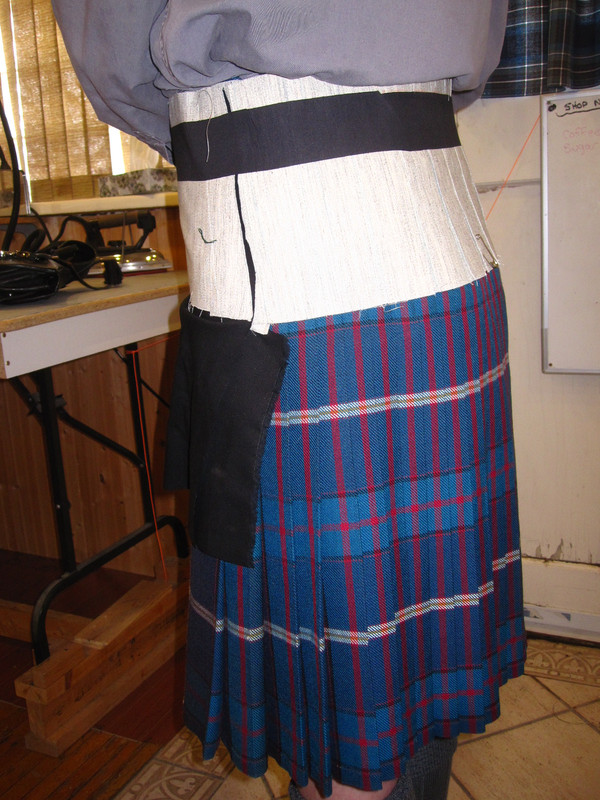
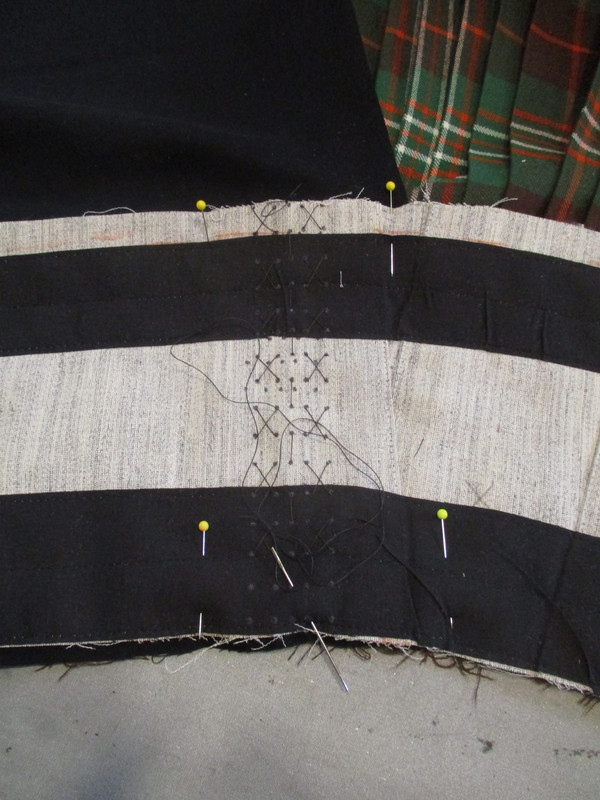














Bookmarks